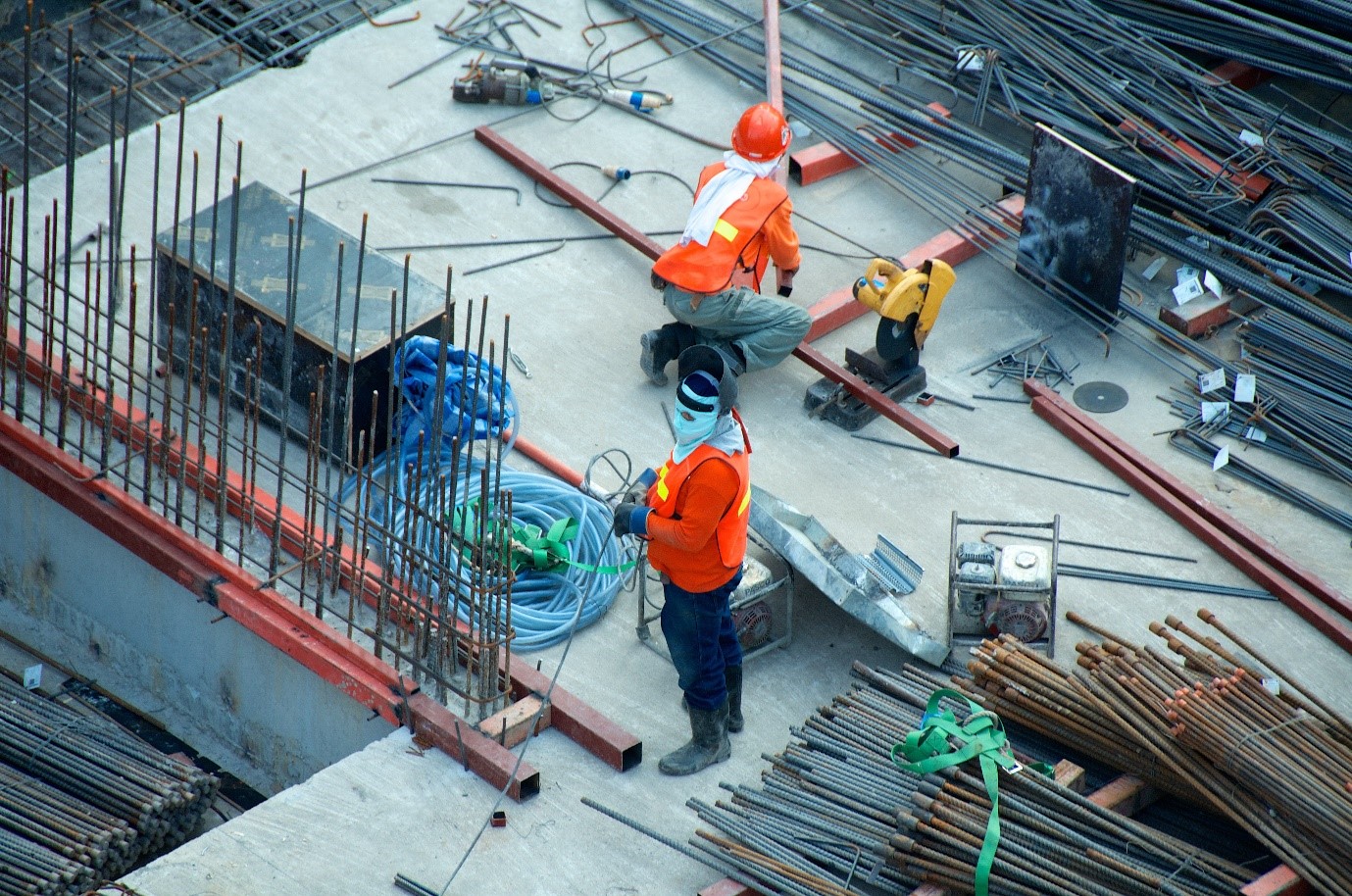You do not necessarily have to work in construction to know that it is quite complex and involves a lot of things, but those who do, obviously have a much better understanding of what it entails. When we said it was complex, we were not exaggerating even a little bit. Be it for commercial or residential purposes, construction always requires a certain protocol that should not ever be ignored, not only because of the safety of construction workers on site, but because of the safety of the public as well. Hence, if you are getting into or considering getting into construction, we think the following list could be useful in showing you how to do it right.
Good Communication
You cannot have hundreds of workers swarming about a site that is peppered with dangerous tools and equipment without a rhyme or reason. Whoever is on site needs to be there for a purpose, and if not, they should not be on site. This is how it typically should be, as this ensures only those required for that time period are there, minimizing the risk of injury and damage. Plus, it is a case of ‘too many cooks’ too if you think about it. The construction manager is of course at the centre of the communication circle, and needs to manage this very efficiently.
Systematic Process
Complete organization is essential, from maintenance of finances to financial records and on-site processes as well. This includes things like excavating, which generally must be done before the foundation is laid. Aside from helping in the assessment of whether the ground is suitable for building in the first place, this also helps with effectively locating utilities in the ground, like electricity and water pipes. Avoiding them is essential for a hassle-free construction project. Looking up your local providers, say via service locating Brisbane, will help you get someone professional to look at it for you.
Strict Rules and Regulations
This would include addressing things like workers aimlessly loitering about the site, but that is just one of them. You also have rules for the handling and management of equipment, including how newcomers and trainees should deal with them. You should also on that note, ensure there are plenty of experienced workers around to supervise and manage them accordingly. Print the rules out and have them taped up somewhere. People will spend a long time there, they will eventually subconsciously memorize it!
Training
You want to be sure that you work with a solid team, and that takes work. Everyone has to do their bit to help contribute to something bigger, but they sometimes cannot do that if they do not have the information and training they need. So invest in it. Regularly. It keeps employees sharp, and more aware of the protocol without trying to. From how to work the equipment to reporting on-site and most importantly how to deal with emergencies, there is so much they have to know. Take the initiative to do so, since you may have to deal with injuries and accidents you may not have accounted for. Assign training as you see fit, but do not waste too much on this as you have a lot of other work to do as well. You can even hire a professional educator or trainer if need be.





